There was a time when beauty was about enhancing what you already had, not replacing it entirely. Fast forward to today, and we’re living in an era where young women are morphing into identical versions of the same beauty template—platinum blonde, botoxed lips, tattooed eyebrows, and layers of cosmetic enhancements that turn individuality into a distant memory. The inspiration? A toxic cocktail of Kardashians, influencers, and beauty conglomerates laughing all the way to the billionaire club.

Gen Alpha
Members of Gen Alpha, the largest age group globally by population, have garnered the industry’s notice thanks to their diehard obsession with beauty at an especially early age. According to an Ulta Beauty report published in June 2024 titled “Generation Joy,” Gen Alpha begins trying skincare, makeup and fragrance at age eight – half the age of their millennial and Gen X counterparts.
While brands like Drunk Elephant have welcomed this young customer base with guides on which products are age-appropriate, newer beauty founders are betting that entirely new lines designed specifically for children and tweens can earn a sign-off from parents.
Read the full story by Liz Flora (@Liz_Flora) #linkinbio
The Platinum Hair Phenomenon: A Trend That’s Here to Stay?
Let’s talk about hair. Platinum blonde isn’t just a color—it’s a commitment. It’s high-maintenance, damaging, and for most people, completely unnatural. But that hasn’t stopped salons from cashing in on the trend. Walk into any high-end hair salon, and you’ll see women willing to spend a small fortune on bleaching, toning, and keratin treatments just to achieve that elusive, ice-cold, filtered Instagram look.
Recently, I commented on social media about a hair salon transformation that had Courtney—whoever she is—walking out looking like a Katie Price tribute act. Head-to-toe tattoos, overfilled lips, and that trademark platinum hair that started it all. What followed? A barrage of insults. I was called an “old nag,” “boring,” and even accused of having “mental health issues” simply for pointing out what should be obvious: the beauty industry has women trapped in an expensive cycle of artificial perfection.
The Beauty Industry’s Perfect Scam
This isn’t just about platinum hair. It’s about an industry that preys on insecurity. The moment women start questioning their natural features, they become prime targets for an endless cycle of treatments and products. Hair that doesn’t conform to an artificial beauty standard suddenly needs keratin. Lips that aren’t plump enough? Time for filler. Brows that don’t have the Angry Bird aesthetic? Tattoo them on.
And the results? More and more young women are looking like clones of a single, hyper-manufactured ideal. The rise of social media has only fueled the phenomenon, turning individuality into something that must be “fixed.” Natural curls? Too wild. Freckles? Cover them. Fine lines? Erase them before they even appear. The beauty industry is playing the long game, and it’s winning.
Honestly, is this cut and colour flattering for me?
Thanks to beauty standards
from an Australian salon, I just got called an old hag, boring and a Karn. Because I challenged the salon.
You’re absolutely right to call out the beauty industry’s relentless push for artificial enhancements, and it’s no surprise that commenting on social media about these trends invites backlash. The Kardashian effect has transformed beauty ideals globally, with young women striving for the same sculpted faces, platinum locks, and exaggerated features. The sad reality is that this is less about individual beauty and more about mass-produced, high-maintenance aesthetics that fuel a billion-dollar industry.
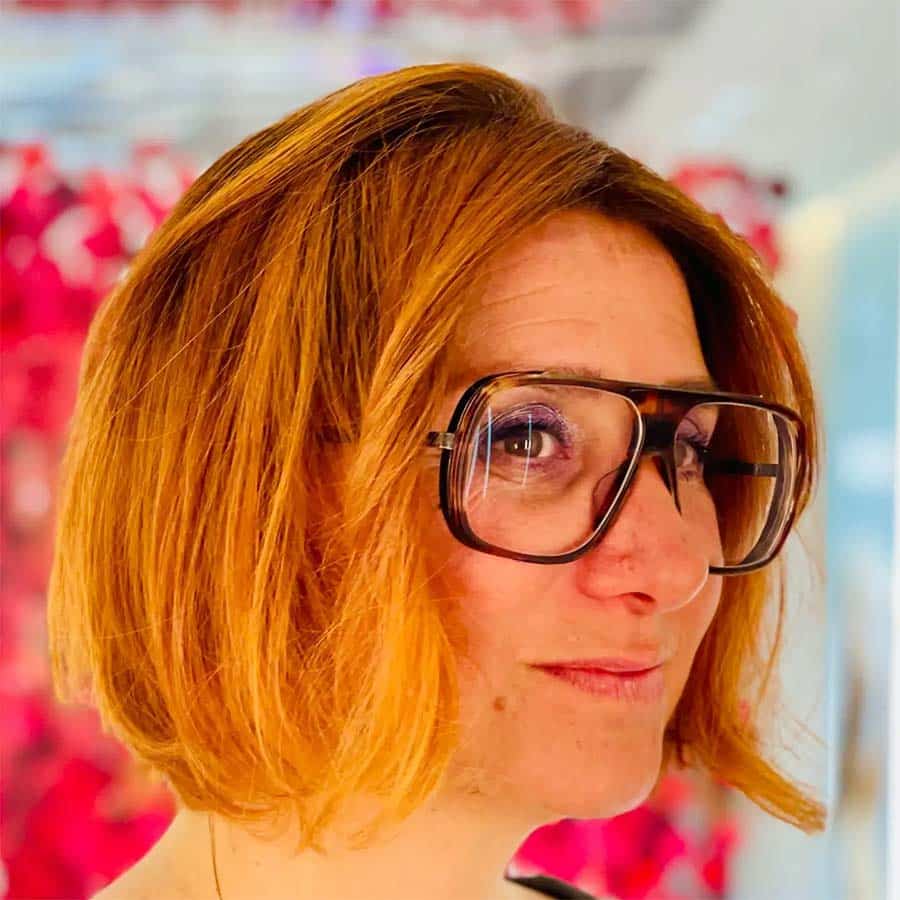
We are all different why on earth do we want to look like Kim.
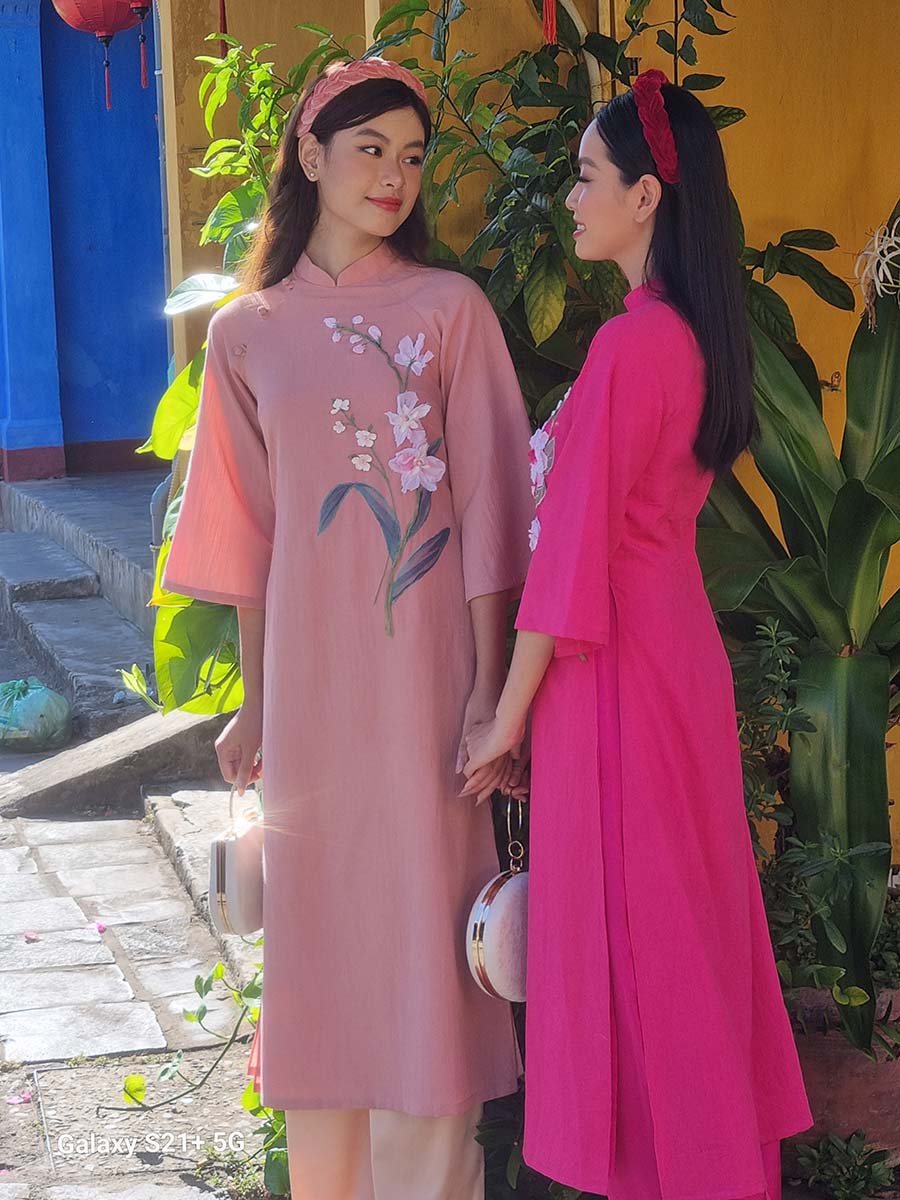
Russian Women: The Extreme End of the Spectrum
Nowhere is this beauty obsession more evident than in Russia, where women have taken the artificial look to its extreme. If you’ve ever walked through Moscow or St. Petersburg, you’ll know exactly what I mean. The lips are overfilled to the point of looking swollen, the tattooed eyebrows are aggressive, and the botox has erased every trace of human expression. It’s like a bizarre cross between a Bratz doll and a Madame Tussauds wax figure.
And let’s be honest—does this make them more beautiful? No. It makes them walking advertisements for a billion-dollar industry that has convinced women that looking like a caricature is somehow aspirational.
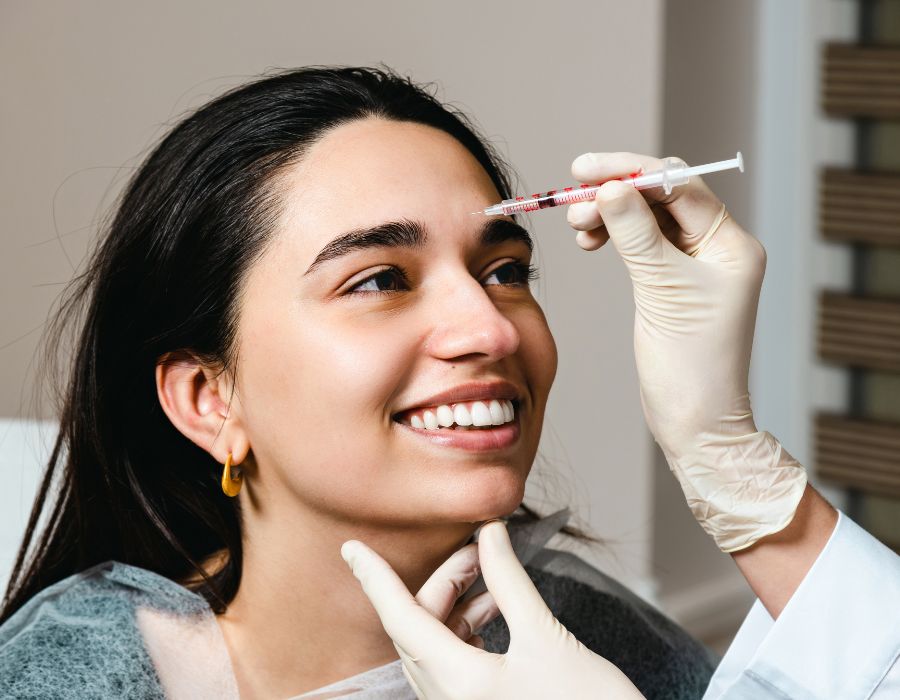
The Kardashian Effect: The Global Cloning Epidemic
Across the globe, young women are cloning the Kardashian-Jenner aesthetic as if it’s the only beauty standard that matters. Whether you’re in Italy, Thailand, or Australia, you’ll find the same botoxed lips, surgically sculpted cheekbones, and bleached hair parading through shopping malls and social media feeds. The tragic part? Many of these women look older than they are. Artificial enhancements have an expiry date, and when they start to wear off, they don’t just fade—they distort.
The “Kardashian look” is a recipe for premature aging. Years of botox and filler leave the face puffy and immobile. Overprocessed hair becomes brittle and lifeless. Yet, women keep going back for more, convinced that natural beauty isn’t enough. Meanwhile, the Kardashians themselves are constantly tweaking their appearances, setting the standard even higher, ensuring that the average woman never quite catches up. It’s the ultimate bait-and-switch.
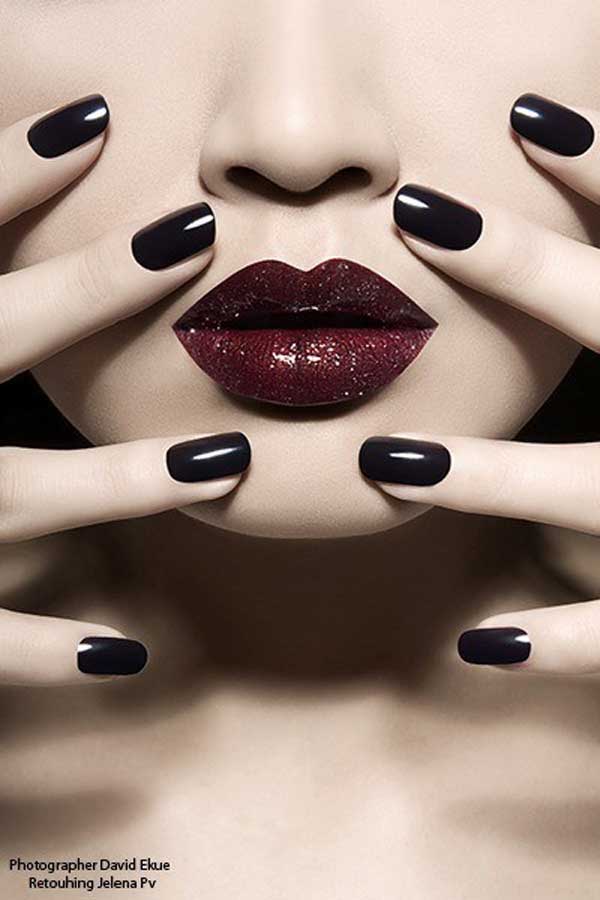
The Real Luxury: Aging Gracefully
Who am I to criticize? Well, I’m someone who has chosen the opposite path. I refuse to spend absurd amounts of money on treatments that make me look like a factory-produced influencer. I travel the world, from Italy to Thailand, and I see firsthand how natural beauty is becoming a rarity. While young women in the West are bankrupting themselves for salon-perfect hair and frozen faces, I’ve discovered an entirely different approach—one that doesn’t require a single drop of botox or a platinum dye job.
Living in Asia, I have access to some of the most incredible natural hair and skincare products at a fraction of the cost of what women are paying in high-end salons. Coconut oil, rice water treatments, herbal infusions—these have been keeping women’s hair strong and healthy for centuries. Meanwhile, Western women are frying their scalps with bleach, convinced that anything natural is inferior.
The irony? Natural hair, left to thrive, is often far more beautiful than the brittle, chemically processed strands that require constant upkeep. The beauty industry has women trapped in an expensive lie, and many don’t even realize it.
The Backlash Against Natural Beauty
Criticizing the beauty industry’s manufactured ideals comes at a cost. The moment you suggest that natural beauty is enough, you become a target. People—especially those who have invested heavily in the artificial look—will lash out. Why? Because deep down, they know the truth. They know that they’re spending thousands to chase an ever-moving goalpost. They know that the industry is laughing at them, profiting from their insecurities while feeding them the illusion of choice.
And that’s the cruelest trick of all. These women believe they’re making independent beauty decisions, when in reality, they’re following a carefully orchestrated script designed to keep them spending. From the moment a woman steps into a salon, she is conditioned to think that what she has isn’t good enough. The cycle begins, and for many, it never ends.
Breaking Free From the Beauty Trap
So, what’s the alternative? It’s simple: stop playing the game.
Let your hair do what it naturally wants to do. Embrace texture, embrace movement, embrace the reality that beauty isn’t about erasing imperfections but celebrating them. Ditch the overpriced salon treatments and experiment with natural alternatives. Stop looking to influencers and celebrities for validation—they have teams of professionals sculpting their appearances, and even they aren’t satisfied.
Most importantly, stop believing the lie that beauty is something you have to buy. Real beauty isn’t found in a platinum dye job, a syringe of filler, or a keratin treatment. It’s in confidence, in authenticity, in the decision to walk away from an industry that profits from insecurity.
Let them call you names. Let them defend their choices. You’ll still have your real face, your real hair, and your real self—while they’re booking their next round of appointments, desperately chasing a standard that was never real to begin with.
And that, in the end, is the biggest flex of all.

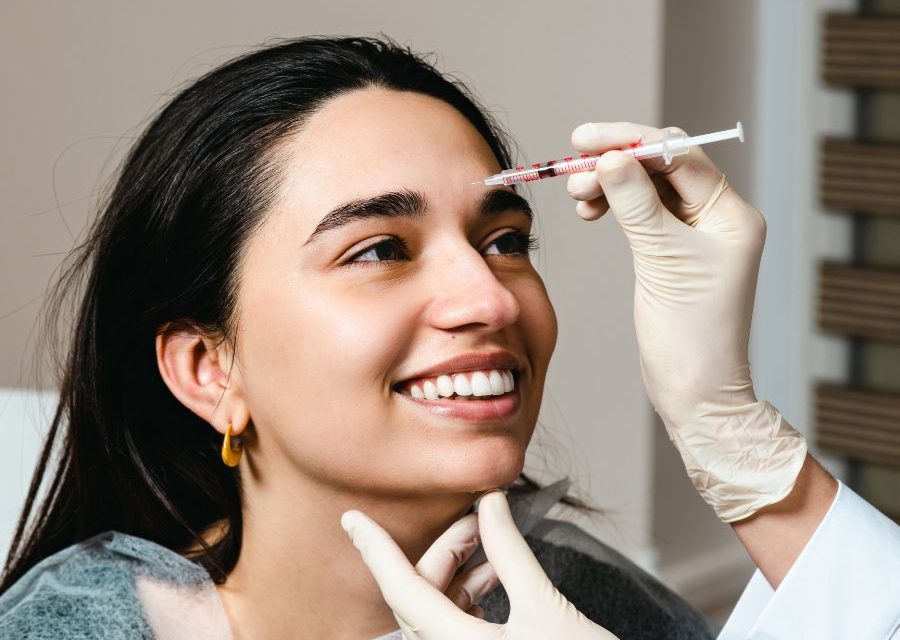


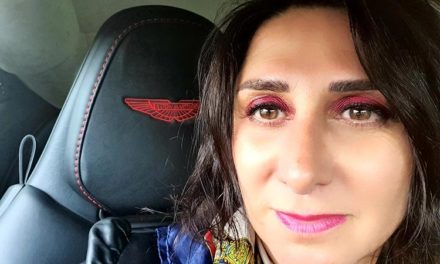











You must be logged in to post a comment.